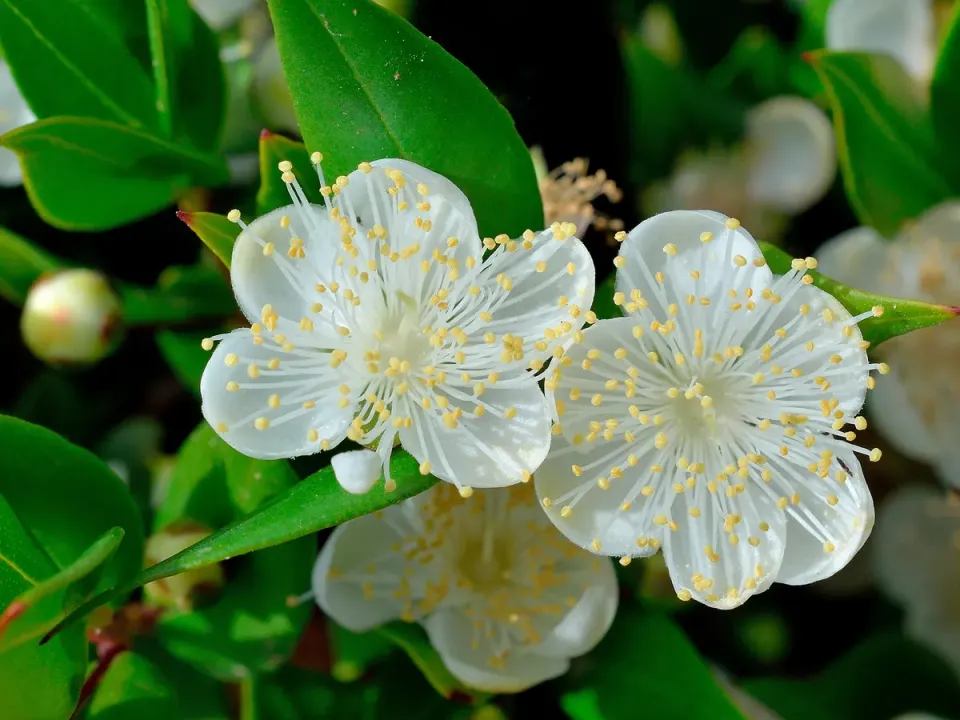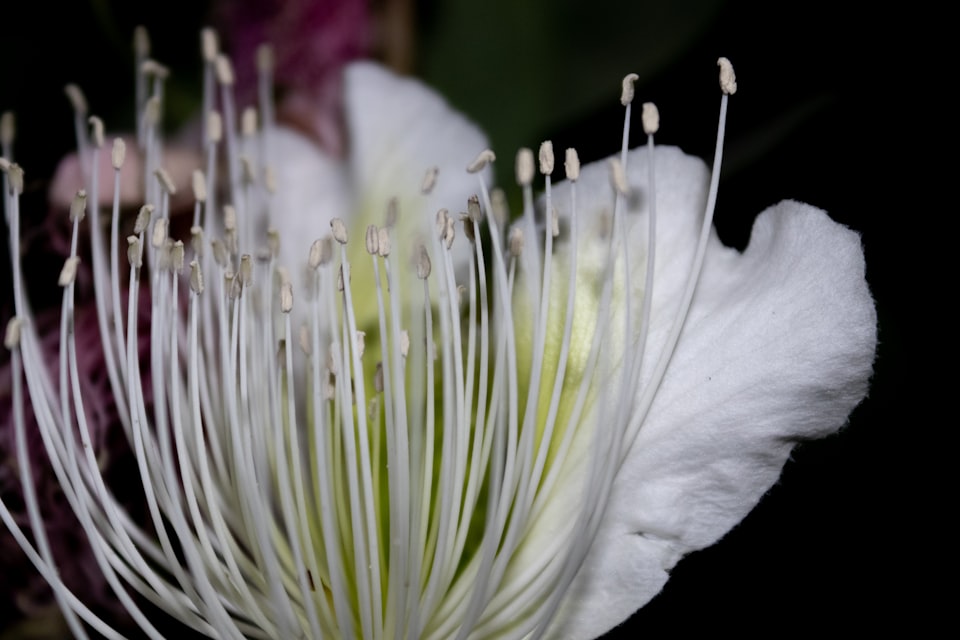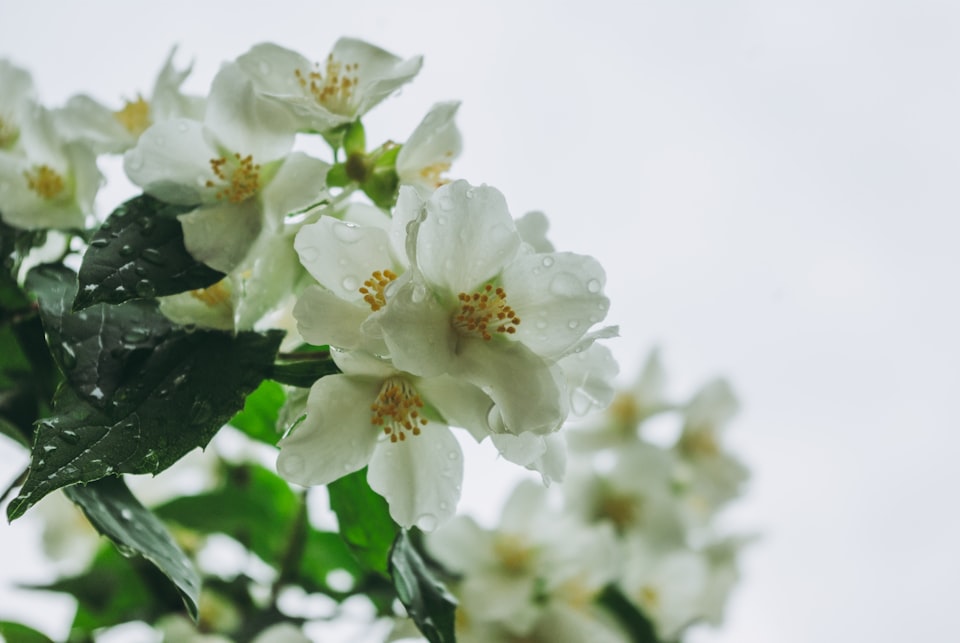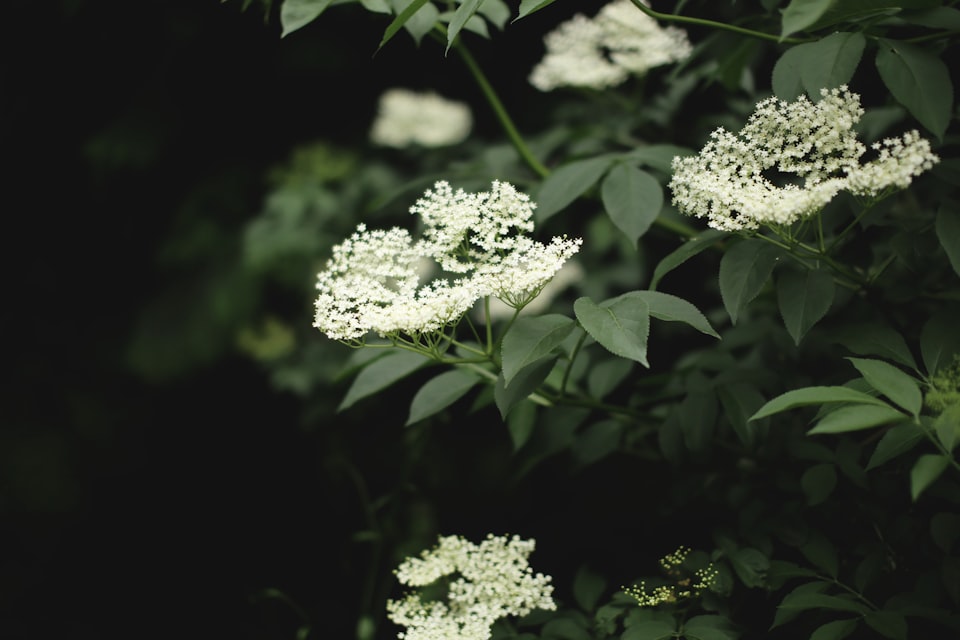VII: Alaternus
An excuse to finally talk about Australia.
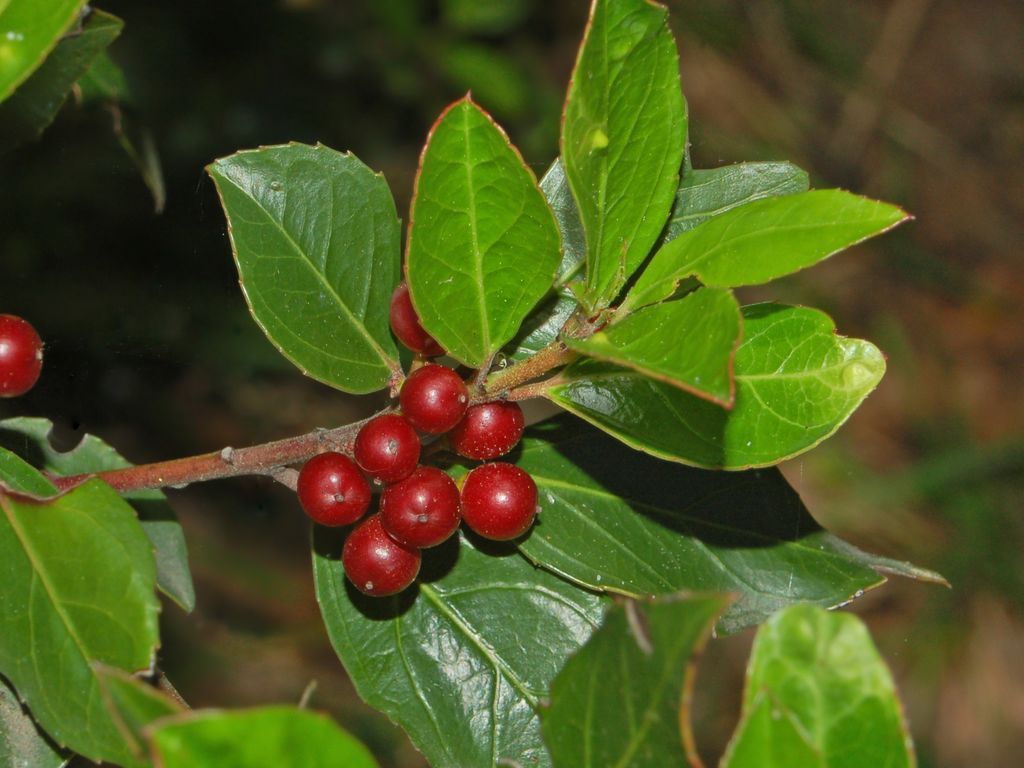
Good morning. Today is septidi, the 7th of Ventôse, Year CCXXXI. We celebrate l'alaterne, our second form of buckthorn.
The Latin name for Italian buckthorn (which the French word hews closely to) is alaternus. I chose to use that for the title so that this lovely shrub wouldn't be besmirched by its association with its terrible "regular" buckthorn cousin. But the word literally means "side by side," so it's hard not to take this opportunity to find a direct comparison to look at.
While I (clearly) adore France and its history, there's sometimes a feeling of same-same when exploring every little bush and fruit that can grow in Mediterranean or European temperate climes. The monotony is sometimes broken up by the occasional New World species that had been introduced to French society thanks to its colonies in North America, but there's one very exciting, very different place that this newsletter will never touch because France did not have any particular interest in going there: Australia.
